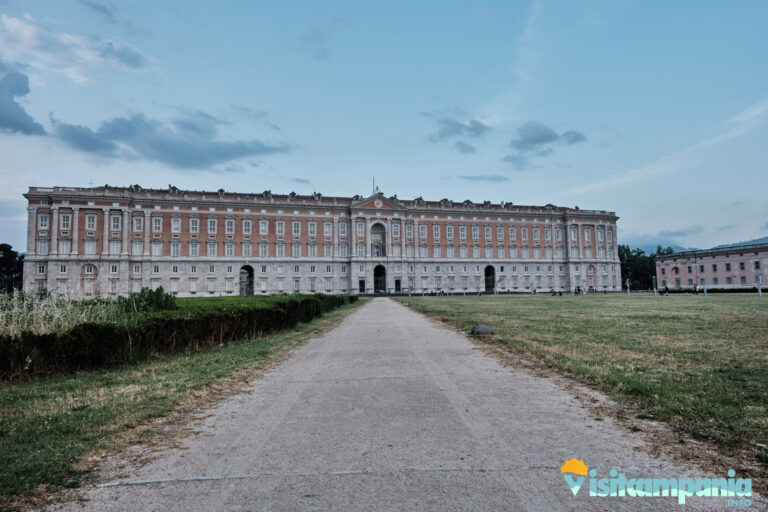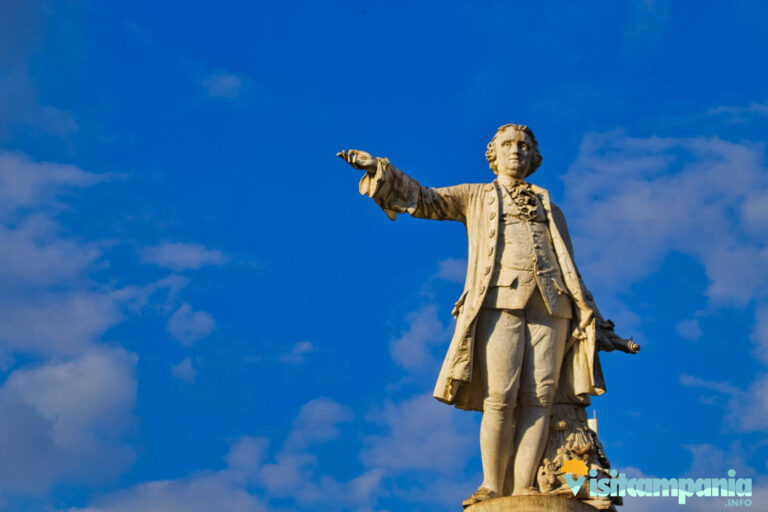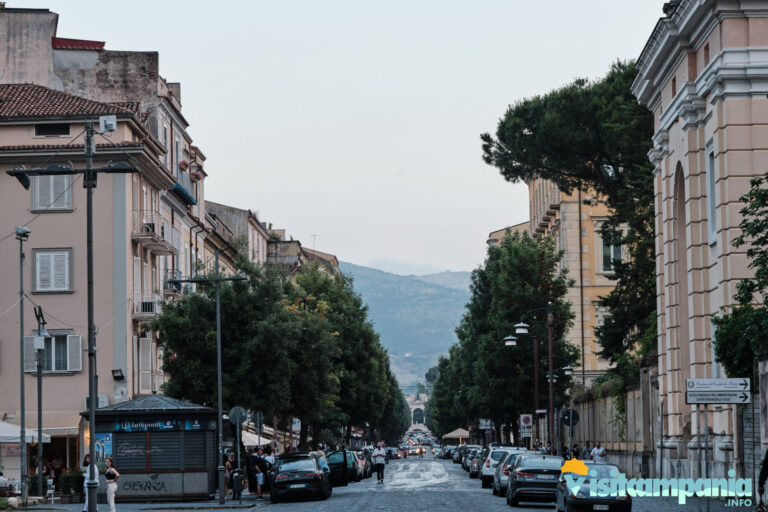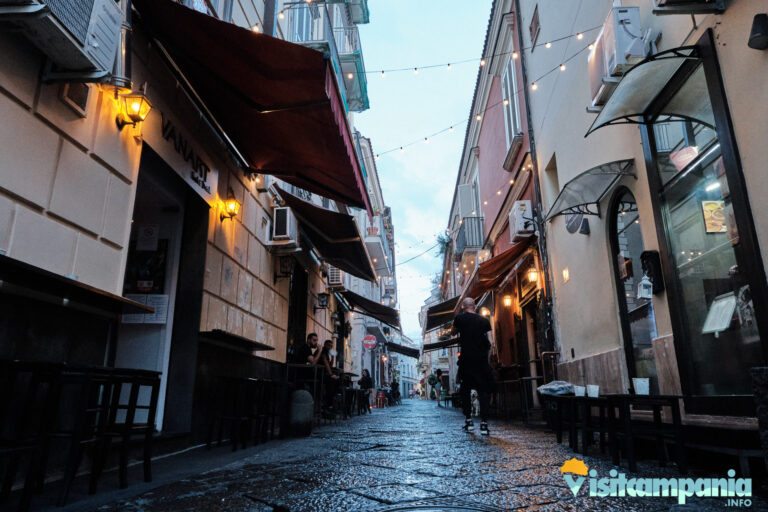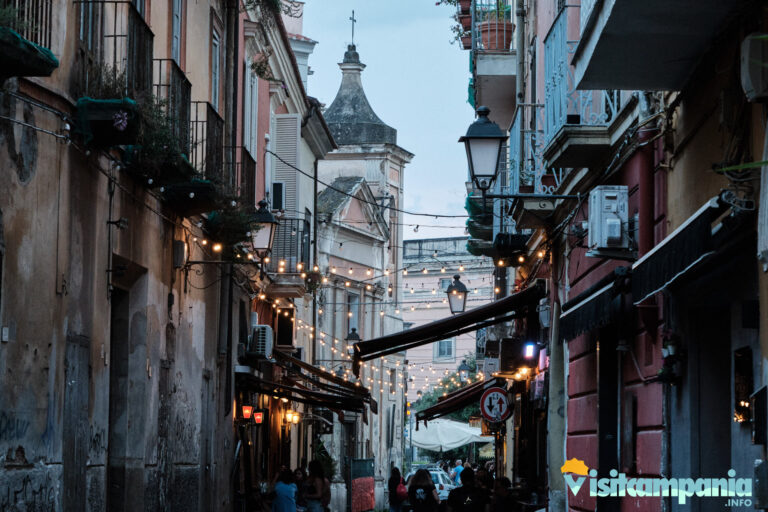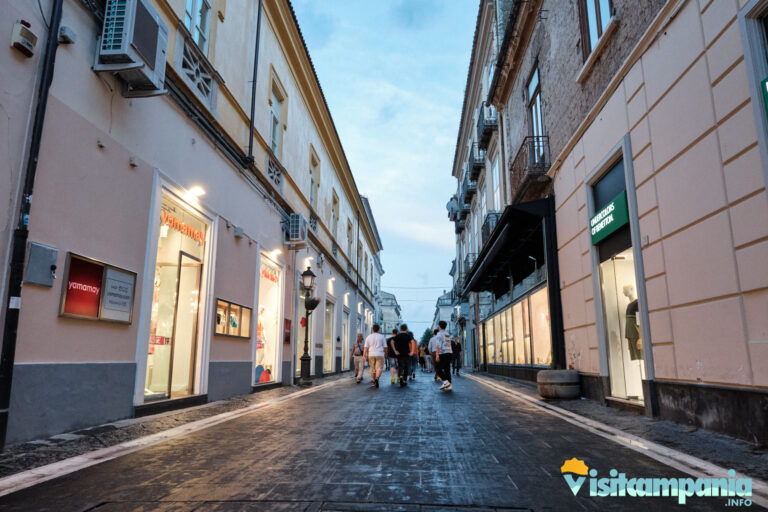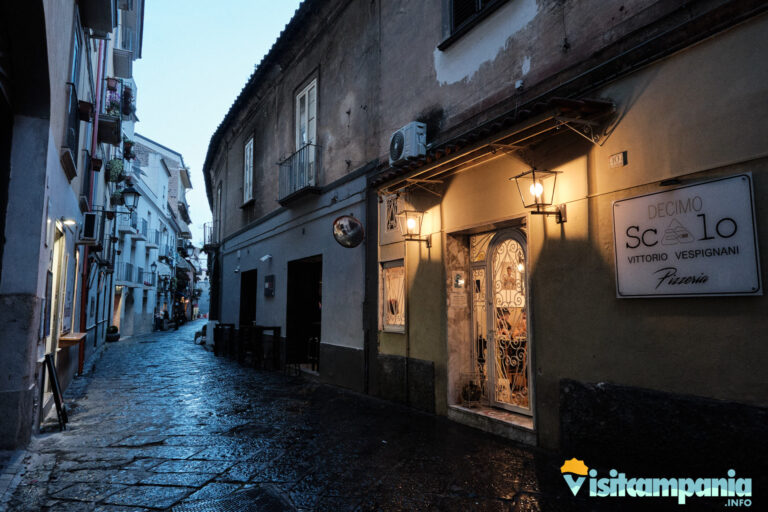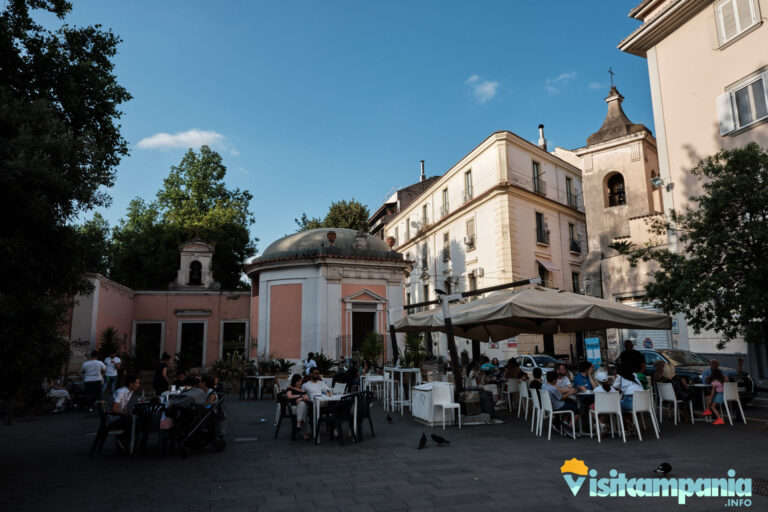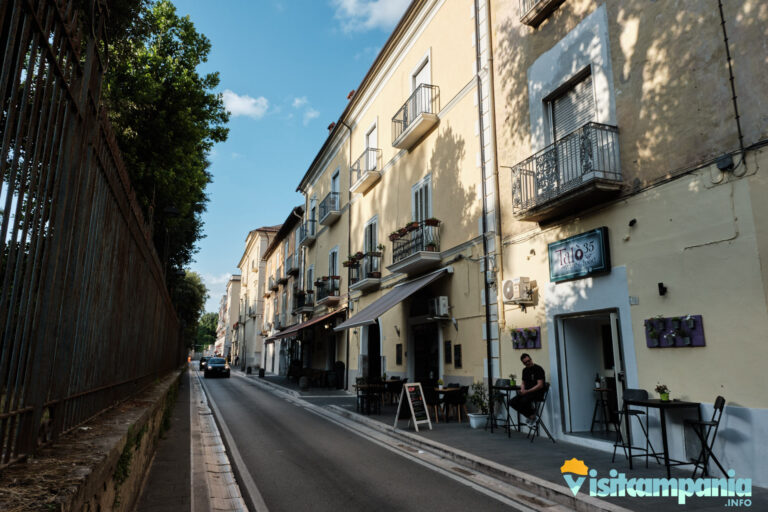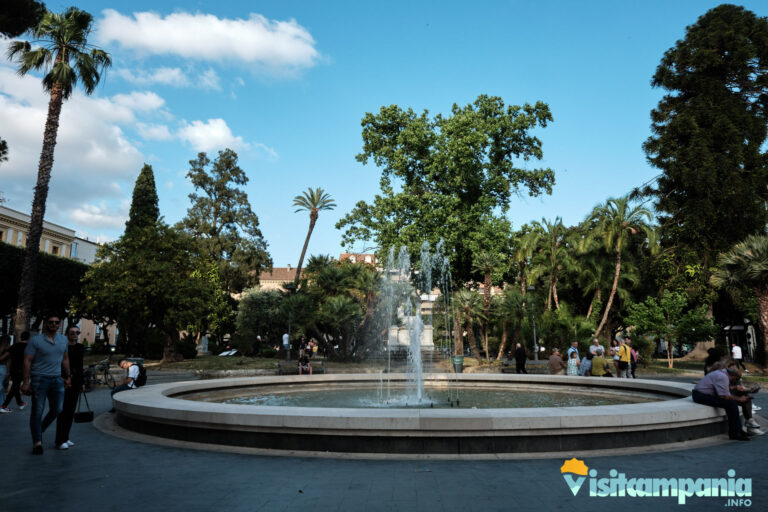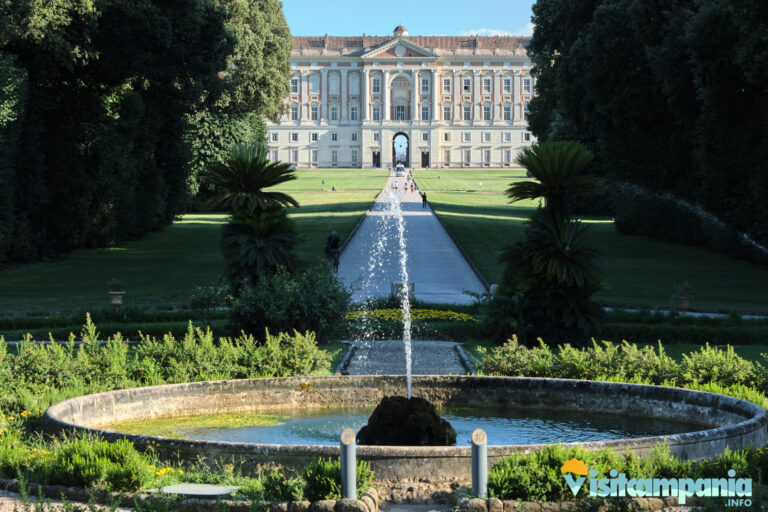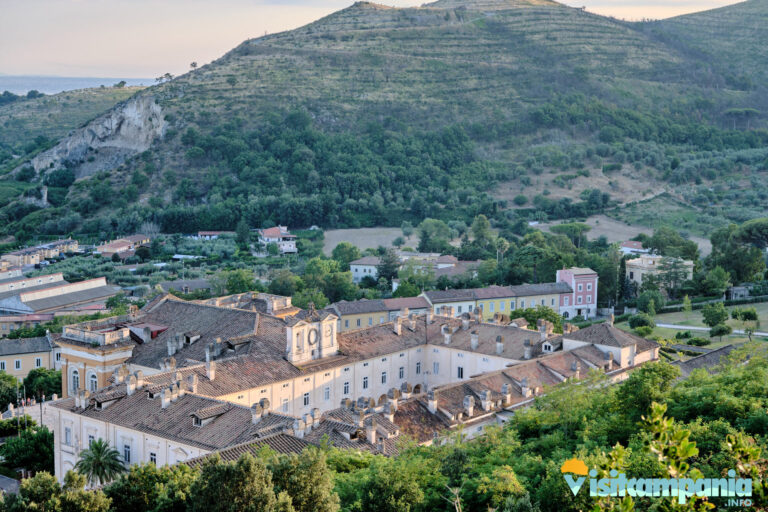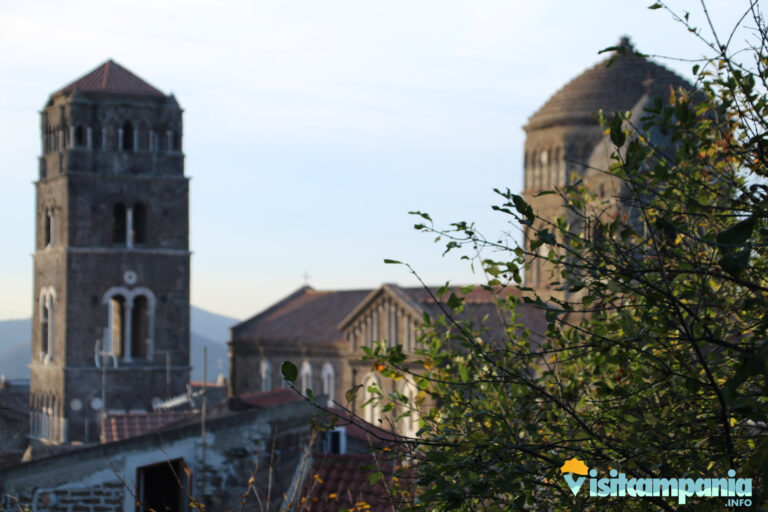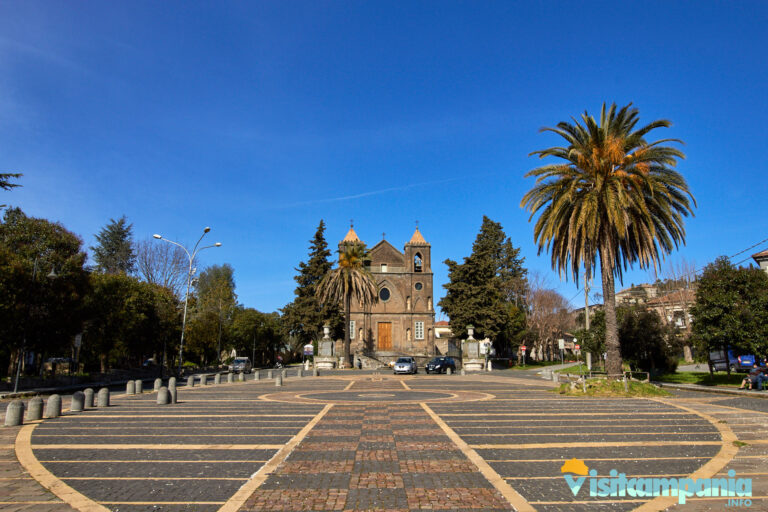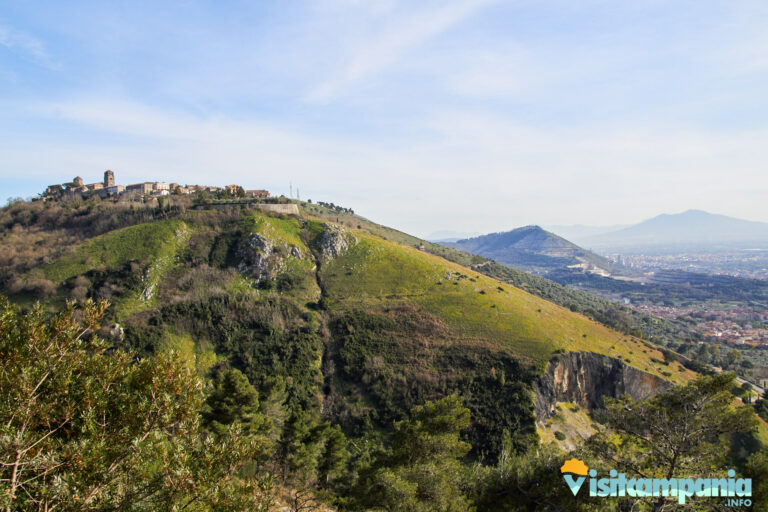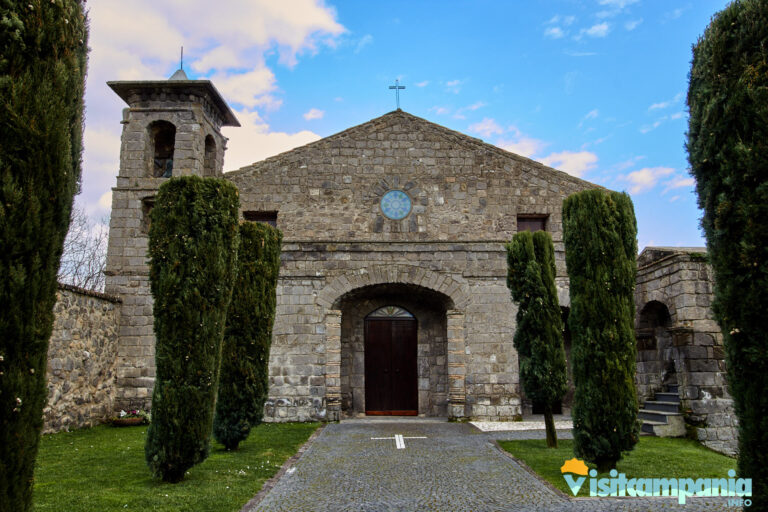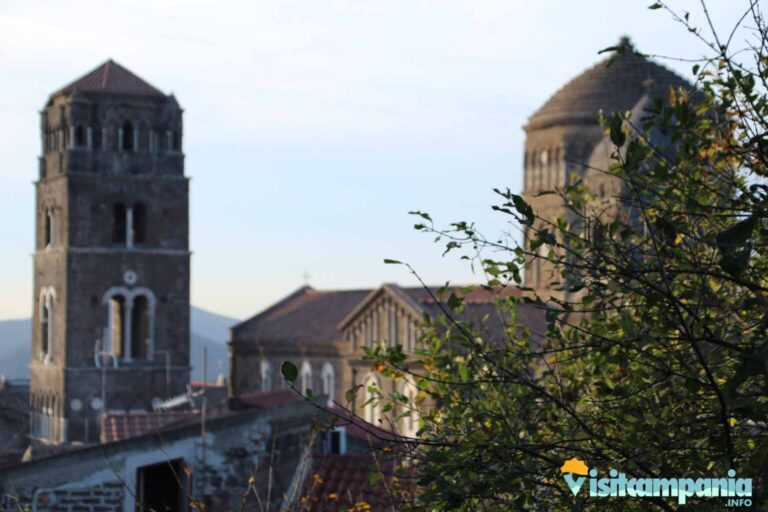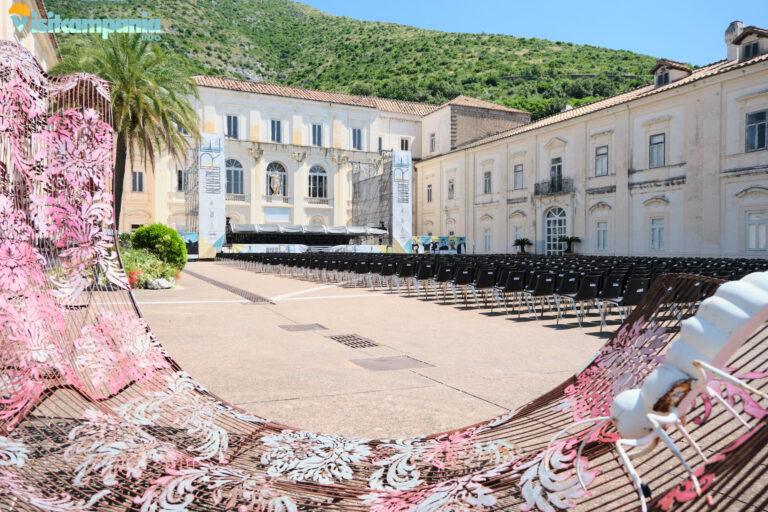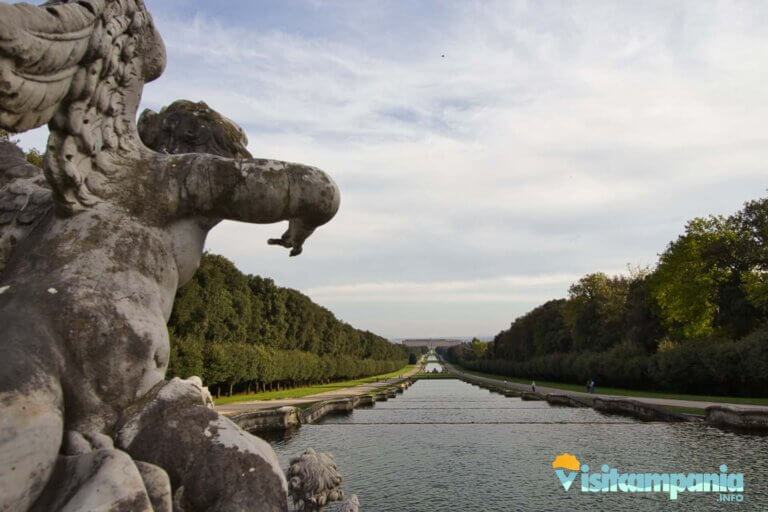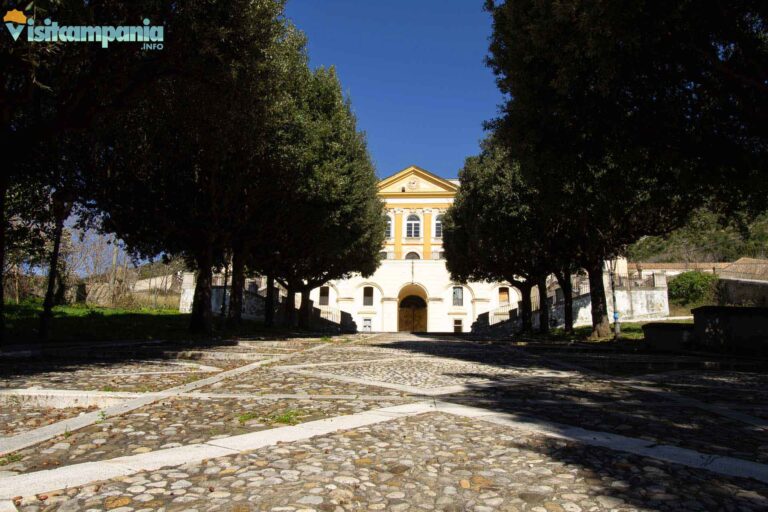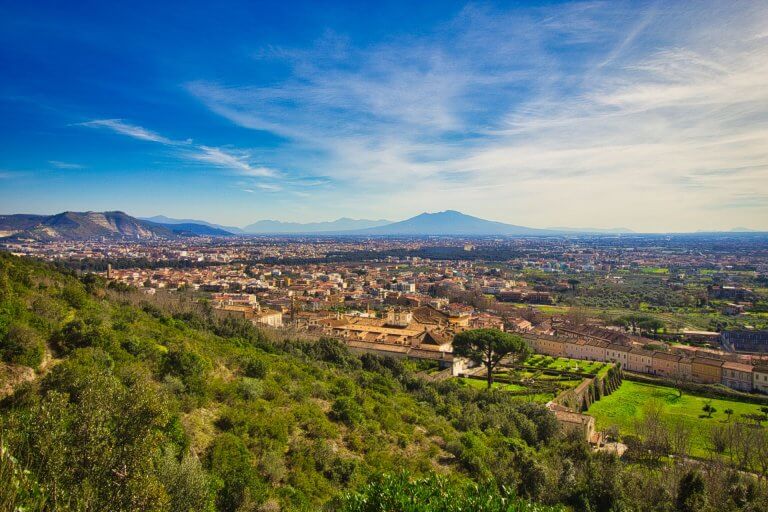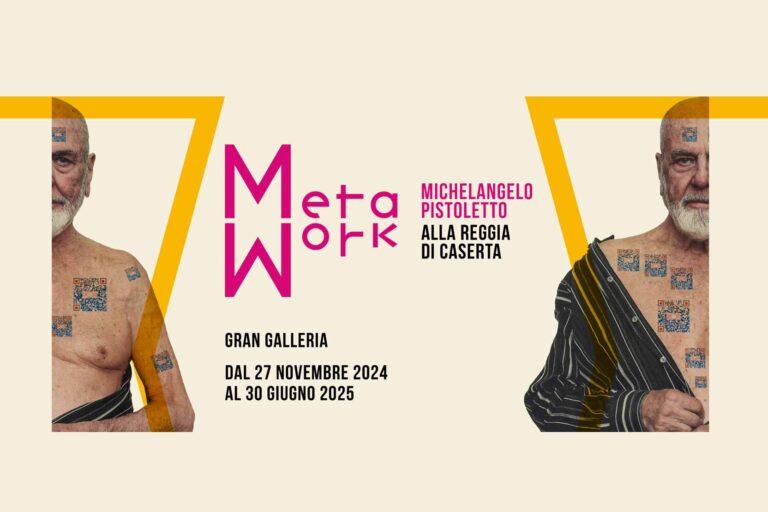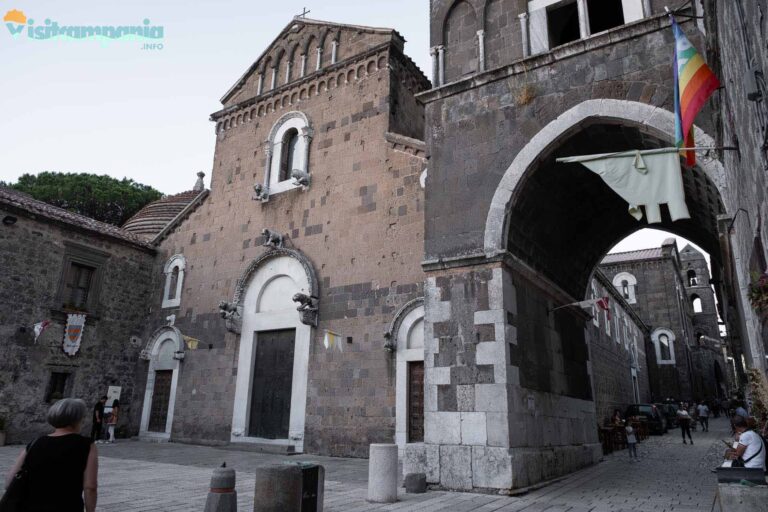Caserta, from the Lombards to the Bourbons
Although the origin of the city is very ancient, dating back to the fifth century A.C. by the Samnites, the current urban conformation, as well as the main attractions, are due to the Bourbons who, after buying the county from the Acquaviva family, in 1750 begin the construction of the Palace. The exception to what has been said so far is the medieval village of Caserta Vecchia of Lombard origin located in a raised position on the Tifatini mountains and a dozen kilometers from the center.
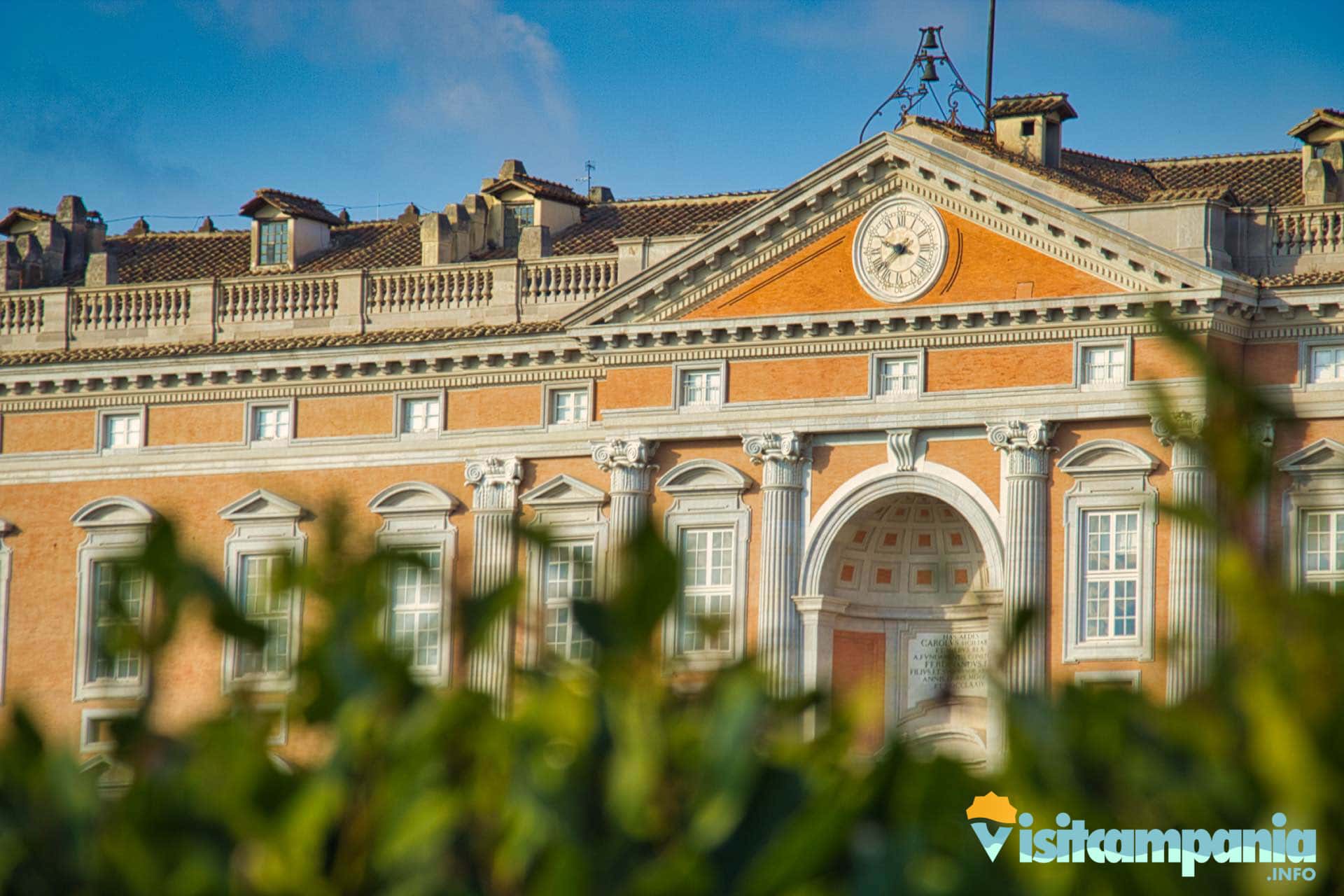
The city is, therefore, quite recent and has a structure with orthogonal axes that facilitates orientation. Pleasant is the historic center between the Royal Palace and its immense park to the west and via Unità Italiana to the east. This area, not particularly vast and easily walkable, lends itself perfectly to relaxing walks to be dedicated to shopping and aperitifs in company. There are also numerous restaurants and pizzerias that animate the area, where you can try the excellent local cuisine.
Returning to the monuments and attractions, the most famous is certainly the Bourbon Palace with the amazing park, easily reachable on foot from the city center. A few kilometers away from the center stands, then, the ancient silk village of San Leucio always built by the Bourbons and intimately linked to the Palace. Finally, as already mentioned, perched on the Tifatini mountains, there is the medieval village of Caserta Vecchia.
Caserta is also an excellent starting point for excursions to a large part of the regional territory. In addition to the nearby Capua and Santa Maria Capua Vetere, it is, in fact, only 35 km from Naples. It is also the gateway to the Alto Casertano and the Matese mountains.
The ideal destination for a weekend
With a cozy old town and an excellent location in the Campania plain, Caserta is therefore an ideal destination for a weekend out of town. We can start a walk in the center along Corso Trieste, the main artery of the city. The road is wide, bordered by palaces of eighteenth-century origin and bordered to the east by the monument to the fallen and to the west by the Palace. Walking in the direction of the latter we find, on our right, some crossroads that enter the historic center. The latter is pleasant and easy to walk through thanks to its flat conformation and the fact that it is very often forbidden to car traffic (see the ZTL timetables). Obviously, a stay in the city can not be separated from a visit to its most famous attraction, the Bourbon Palace and its park. Calculate a full day for a sufficiently relaxed visit, especially if you want to walk through the park.
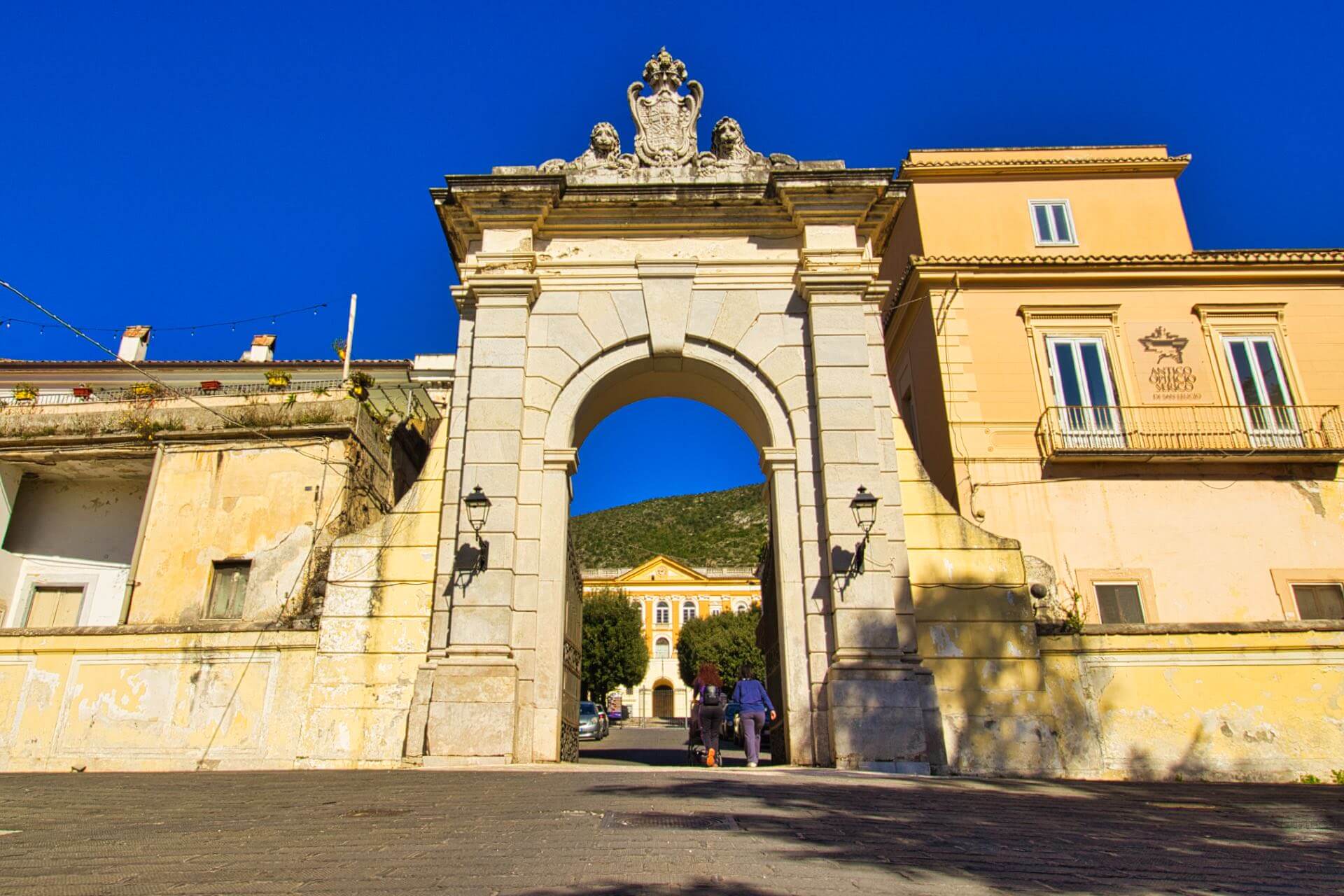
Less than five kilometers from the central Piazza Vanvitelli, we can, then, go to see the village of San Leucio with its Belvedere structured in Fabbrica della Seta, Historical Apartment and Royal Gardens, all dating back to the Bourbon era. We calculate a half day always for a relaxed visit.
Finally, less than ten kilometers from San Leucio, we can not go to Caserta Vecchia and get lost in its perfectly preserved medieval alleys. Here we find the splendid Cathedral dedicated to St. Michael the Archangel, the inmancable Castle and many evocative views that will project us into a distant past. Here too we calculate a half day in relaxation.
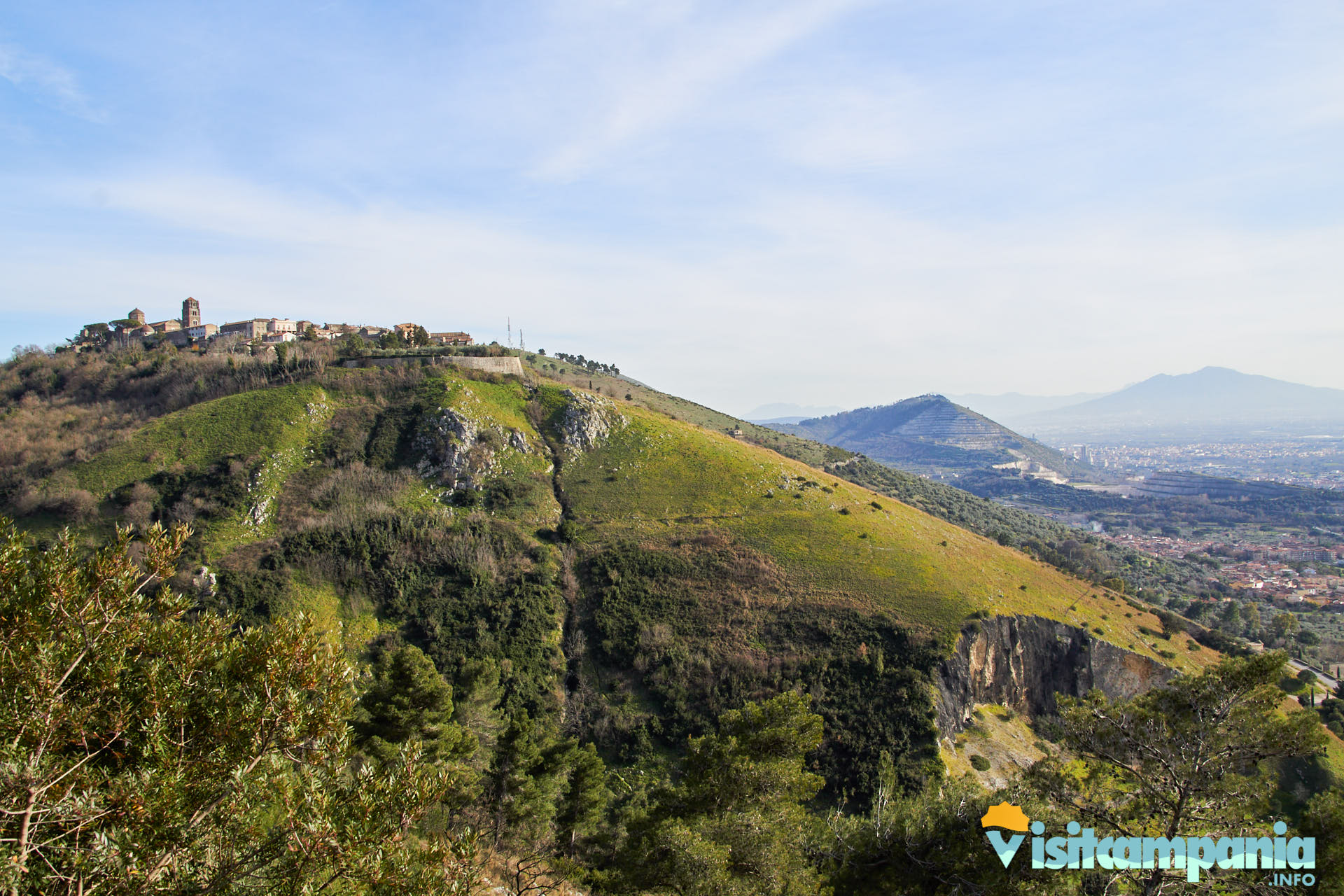
But if you want…
The ones I mentioned above are the essential attractions of Caserta, the ones that we absolutely must see. The city offers, however, other places of interest for those who have more time or have already been to Caserta. For example, from the Bourbon district of Vaccheria, two kilometers beyond the village of San Leucio, we can travel a short dirt path which passes halfway up Mount San Leucio and from which you can enjoy an excellent view of the Belvedere below and over the entire Campania plain up to Vesuvius and beyond to Punta Campanella and, on days without mist, Capri.
Still, in the hamlet of Casola, not far from Caseta Vecchia, is located the hermitage of San Vitaliano dating back to 1300.
Easily reachable on foot from the center, it is also interesting to visit the former Saint-Gobain district, world leader in the production of glass, which lends itself very well as a photographic set with post-industrial settings. Fugage and suggestive is also a stop at the mural dedicated to Maradona in Viale Sossietta Scialla.

If we then want to move away a little from the center, here is that the possibilities multiply out of all proportion. A few kilometers southeast of the city are the Sanctuary of San Michele and Santa Maria del Monte (Maddaloni), of Lombard origin and important pilgrimage destination, and the Carolino Aqueduct (Maddaloni Valley), a Bourbon work and UNESCO heritage. And again Capua, Santa Maria Capua Vetere and even Naples, less than forty kilometers away. Finally, climbing beyond the Tifatini mountains, the suggestive Volturno Valley opens up before us and, in the distance, the Matese mountain range.

